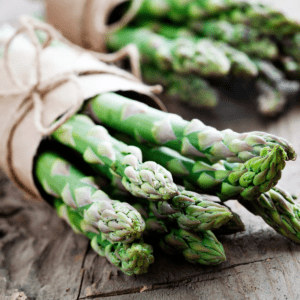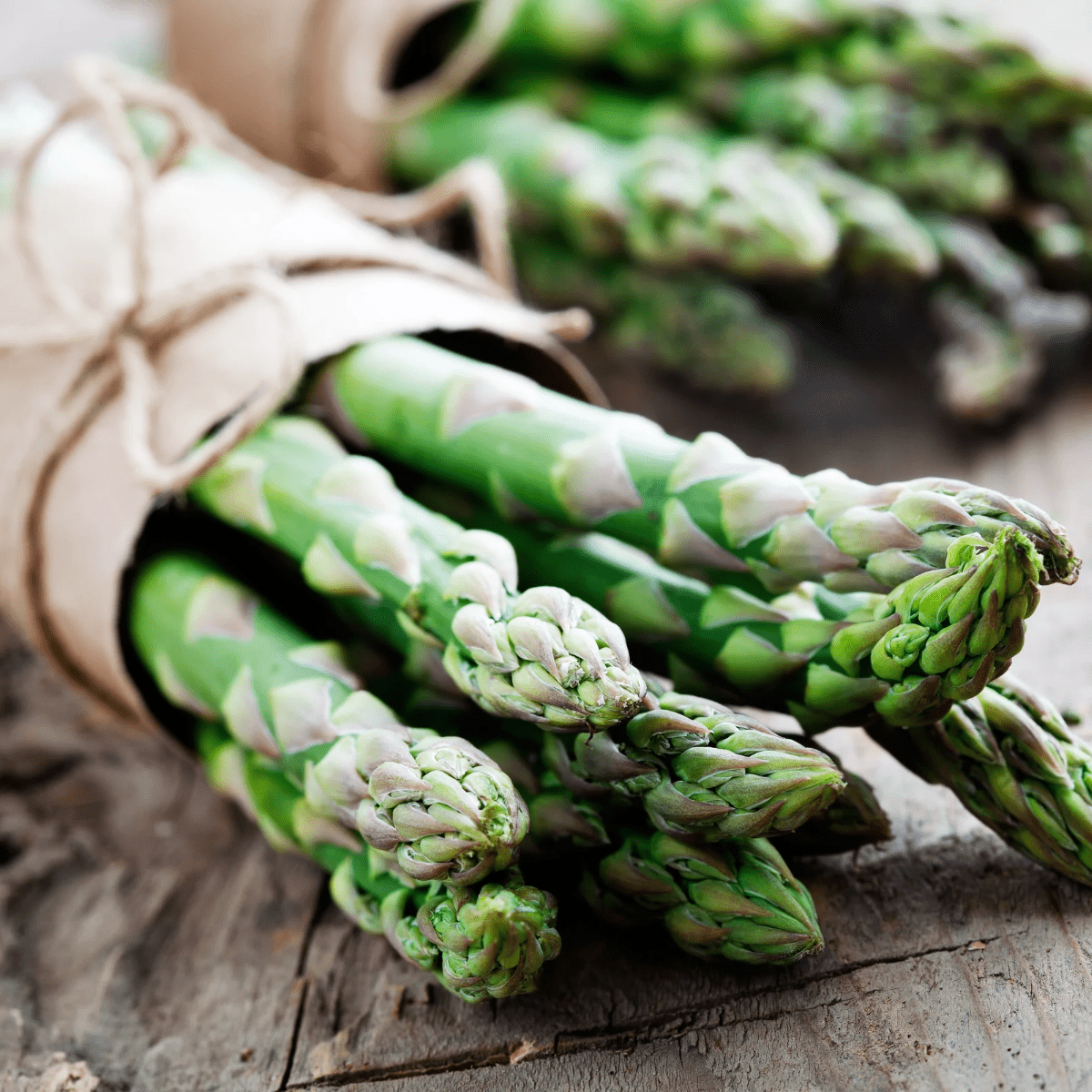
The Problem with Snapping Asparagus
When you snap asparagus, you’re relying on the natural point where the plant becomes fibrous and inedible. But this point can vary significantly from stalk to stalk based on the asparagus’ size, age, and growing conditions. By blindly snapping off the ends, you could be removing several inches of perfectly edible asparagus from each spear. Over the course of a bundle, this wasted asparagus really adds up.
Additionally, the snapping method creates jagged, uneven ends on the remaining edible portions. These rough ends can make the asparagus more difficult to cook evenly and aesthetically unappealing on the plate.
Why Peeling Is Better
- Less Waste
Peeling allows you to remove just the fibrous outer layer at the very end, preserving more of the tender inner stalk. This maximizes your edible yield from each asparagus spear. - Even Trimming
Peeling creates smooth, straight ends that are the same length across all of the asparagus spears. This uniformity promotes even cooking and an attractive presentation. - Removes Tough Layer Only
By just shaving away the outermost layer at the end rather than snapping arbitrarily, you avoid removing any of the inner asparagus that is still edible and delicious.
How to Peel Asparagus Ends
Peeling asparagus is very easy with a simple vegetable peeler or paring knife. Simply grab each spear near the base and use the peeler or knife to remove the tough outer layer away from about the bottom 1-2 inches. Stop peeling when you reach the tender inner core. Discard just this very end portion.
For very thick asparagus spears, you may need to peel a little higher up the stalk to remove all of the fibrous outer layer at the base. Pencil-thin spears may only need a half-inch or less peeled away.
With this easy peeling technique, you’ll be able to maximize your fresh asparagus yield while creating beautiful spears with smooth, even ends that will cook perfectly every time. Say goodbye to wasted asparagus from excessive snapping!
